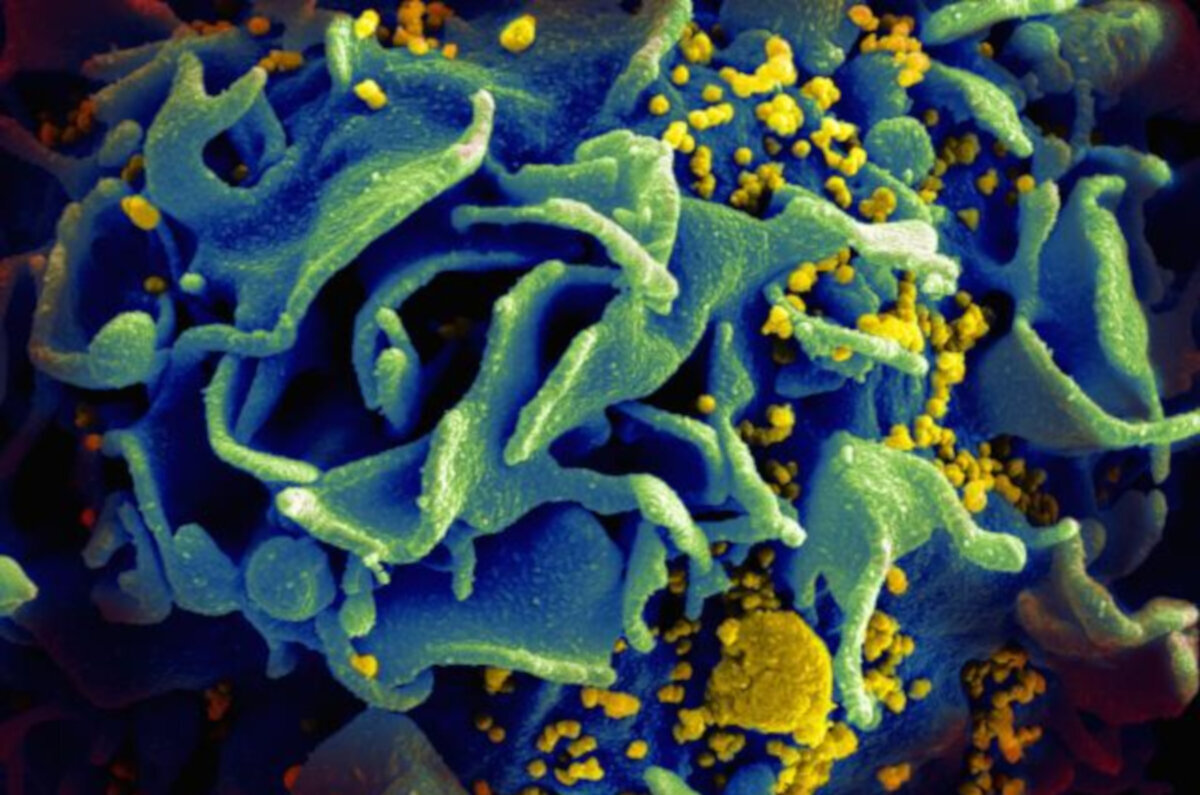#Sulphur dioxide concentrations drop over India during COVID-19
“#Sulphur dioxide concentrations drop over India during COVID-19”

Concentrations of sulfur dioxide in polluted areas in India have decreased by around 40% between April 2019 and April 2020. Using data from the Copernicus Sentinel-5P satellite, from the European Union Copernicus program, scientists have produced new maps which show the drop in concentrations across the country in times of COVID-19.
In a report by Greenpeace last year, India was named the world’s largest emitter of anthropogenic sulfur dioxide—a significant contributor to air pollution. Sulfur dioxide causes many health-related problems, can harm sensitive ecosystems and is also a precursor to acid rain.
While some atmospheric sulfur dioxide is produced from natural processes, such as volcanoes, a substantial amount is produced by human activities—predominantly from power plants burning fossil fuels.
In India, emissions of sulfur dioxide have strongly increased over the last ten years, exacerbating haze problems over large parts of the country. However, owing to the COVID-19 pandemic, human and industrial activity dropped considerably since the beginning of its lockdown on 25 March 2020.
The maps show the averaged sulfur dioxide concentrations in April 2019, compared to April 2020. The darker shades of red and purple depict greater concentrations of sulfur dioxide in the atmosphere, while the black dots indicate the locations of the large, coal-fired power plants.
Sulfur dioxide concentrations have dropped significantly compared to the previous year, notably over New Delhi, over many large coal-fired power plants as well as other industrial areas. Some large plants in the northeast states of Odisha, Jharkhand, and Chhattisgarh have maintained a substantial level of activity, while others appear to have ceased entirely.
This analysis was produced by using data from the Tropomi instrument on the Copernicus Sentinel-5P satellite. A recent algorithm improvement, completed by the Royal Belgian Institute for Space Aeronomy (BIRA-IASB), allows the team to better picture the evolution of anthropogenic sulfur dioxide emissions over the country.
Nicolas Theys, from BIRA-IASB, comments, “We are very pleased with the new algorithm development as it is very sensitive to low sulfur dioxide concentrations caused by anthropogenic activities. As compared to the operational processor, the sensitivity and accuracy for anthropogenic emission detection has increased by an order of magnitude.”
ESA’s Copernicus Sentinel-5P mission manager, Claus Zehner, adds, “With our operational product, we can reliably measure strong sulfur dioxide concentrations emitted by volcanoes, but we have problems in detecting anthropogenic sulfur dioxide emissions. This new algorithm will enable new applications, for example in verifying existing sulfur dioxide emission inventories, after it has been implemented into the operational Sentinel-5P processing chain at the German Aerospace Center.”
Citation:
Sulphur dioxide concentrations drop over India during COVID-19 (2020, July 6)
retrieved 6 July 2020
from https://phys.org/news/2020-07-sulphur-dioxide-india-covid-.html
This document is subject to copyright. Apart from any fair dealing for the purpose of private study or research, no
part may be reproduced without the written permission. The content is provided for information purposes only.
If you want to read more Like this articles, you can visit our Science category.
if you want to watch Movies or Tv Shows go to Dizi.BuradaBiliyorum.Com for forums sites go to Forum.BuradaBiliyorum.Com


